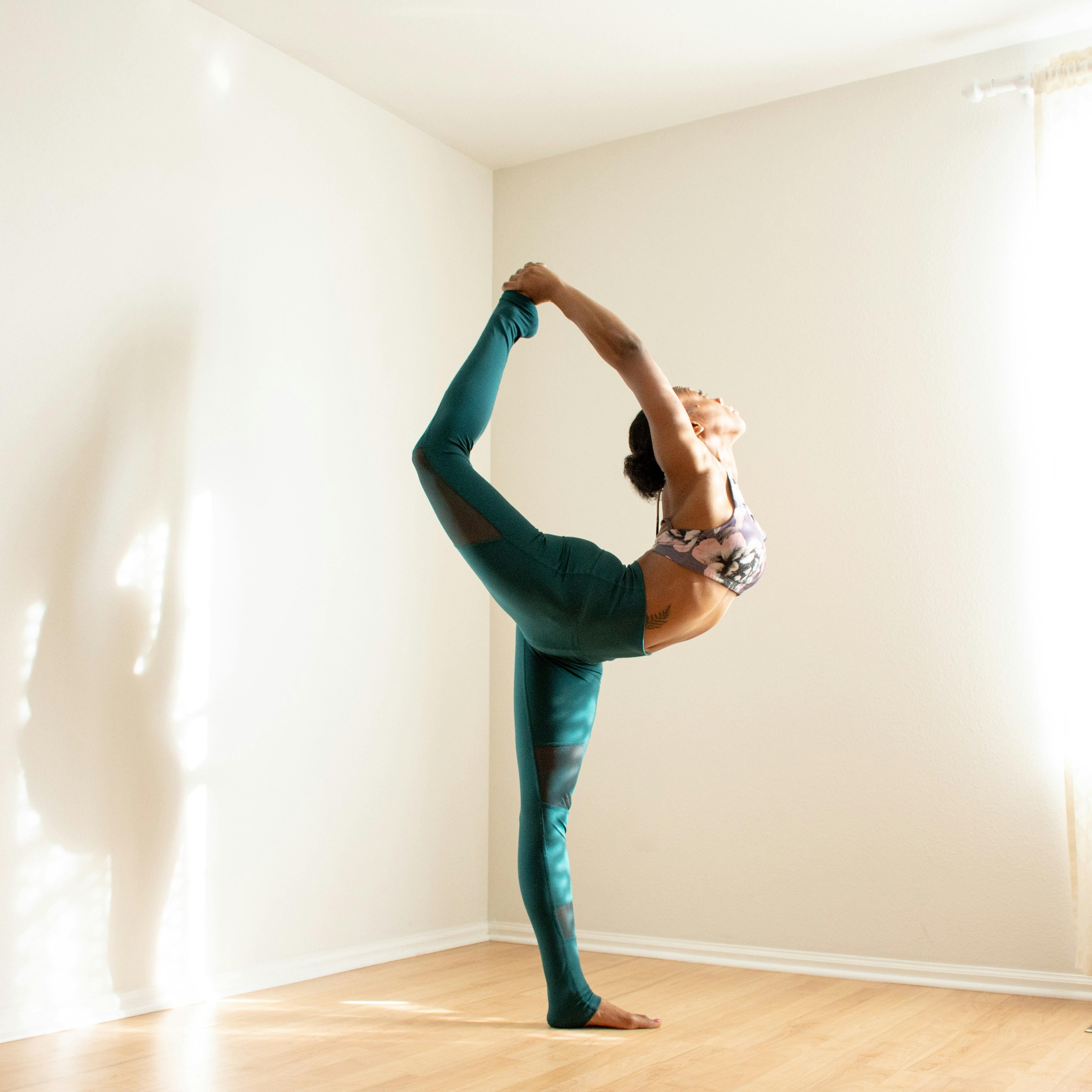In the golden years of life, maintaining physical health becomes more than just a routine—it transforms into a vital component of living fully and vibrantly. As we age, the importance of strength training emerges as a key player in preserving mobility, enhancing vitality, and fostering independence. Crafting a balanced strength training plan tailored specifically for seniors is not just about lifting weights; it’s about lifting spirits, boosting confidence, and unlocking the potential to thrive at any age. This guide will illuminate the path to building a comprehensive strength training regimen, one that harmonizes safety with effectiveness, and empowers seniors to embrace their strength, one rep at a time. Whether you’re a seasoned gym-goer or a newcomer eager to embark on this empowering journey, this article will provide you with the insights and tools needed to create a plan that respects the body’s wisdom and nurtures its resilience.
Understanding the Unique Needs of Seniors in Strength Training
When designing a strength training plan for seniors, it’s crucial to consider their unique physiological and psychological needs. Unlike younger individuals, seniors often face challenges such as decreased bone density, joint issues, and muscle atrophy. Therefore, a balanced plan should focus on enhancing functional strength, improving mobility, and ensuring safety. Here are some key elements to consider:
- Prioritize Safety: Incorporate exercises that minimize risk of injury. This can include using machines instead of free weights, or opting for resistance bands that offer controlled resistance.
- Focus on Core Stability: Core exercises can improve balance and prevent falls, which is a common concern among older adults. Include activities like seated leg lifts or modified planks.
- Customize Intensity: Adjust the intensity of workouts to match individual fitness levels. Encourage seniors to start with lighter weights and gradually increase as their strength improves.
- Emphasize Recovery: Seniors may require longer recovery times. Incorporate rest days and ensure that the plan allows for adequate recovery between sessions.
By understanding and addressing these unique needs, a strength training plan can not only enhance physical health but also boost confidence and independence in seniors.

Key Exercises for Enhancing Strength and Stability
As seniors embark on a journey to bolster their physical health, focusing on exercises that enhance both strength and stability is paramount. Incorporating a variety of movements can help build a balanced routine that caters to individual needs and abilities. Bodyweight exercises are a fantastic starting point, allowing for gradual adaptation and progress. Key movements include:
- Chair Squats: These not only strengthen the lower body but also improve balance by mimicking the natural motion of sitting and standing.
- Wall Push-Ups: A gentle yet effective way to enhance upper body strength and core stability, using the wall for support.
- Heel Raises: Perfect for improving ankle strength and stability, critical for maintaining balance and preventing falls.
For those seeking to add a bit more resistance, lightweight dumbbells or resistance bands can be introduced. Key exercises to consider include:
- Bicep Curls: With light weights, this exercise can enhance arm strength while being gentle on the joints.
- Seated Rows: Using resistance bands, this movement strengthens the back and shoulders, crucial for posture and upper body stability.
Incorporating these exercises into a weekly routine can significantly contribute to overall well-being, ensuring a more active and balanced lifestyle.

Incorporating Flexibility and Balance into Your Routine
As we age, it’s crucial to adapt our fitness routines to suit our changing bodies. Flexibility and balance are key components that can enhance the effectiveness of a strength training plan for seniors. Incorporating these elements can help prevent injuries, improve mobility, and maintain independence. To achieve this, consider integrating a variety of activities that promote a well-rounded fitness experience.
- Dynamic Stretching: Start each session with dynamic stretches to prepare the muscles for exercise. Movements like arm circles and leg swings can increase blood flow and improve range of motion.
- Balance Exercises: Incorporate exercises such as standing on one foot or practicing Tai Chi to enhance stability and coordination.
- Yoga or Pilates: These practices not only improve flexibility but also strengthen core muscles, which is essential for maintaining balance.
- Functional Movements: Focus on exercises that mimic daily activities, such as squats and step-ups, to improve strength and flexibility in everyday tasks.
By weaving these elements into your routine, you create a more holistic approach to strength training that addresses the unique needs of seniors. This balance of strength, flexibility, and stability can lead to improved overall health and a more active lifestyle.

Monitoring Progress and Adjusting Your Plan
Regularly assessing your progress is essential to ensure that your strength training plan remains effective and safe. Start by keeping a detailed log of your workouts, noting exercises, sets, reps, and any physical responses. This record will help identify patterns, track improvements, and highlight areas needing adjustment. Pay attention to how your body feels: fatigue, soreness, and energy levels can offer valuable insights into whether your plan is balanced or requires modification.
- Listen to your body: If you experience persistent pain or discomfort, consider altering your routine or consulting a fitness professional.
- Celebrate small victories: Acknowledge improvements, whether it’s lifting slightly heavier weights or performing exercises with better form.
- Stay flexible: Adjust your plan based on progress, goals, and any changes in your health status.
Consistency is key, but so is adaptability. A balanced strength training plan for seniors should evolve with your capabilities and lifestyle, ensuring you remain motivated and injury-free.
